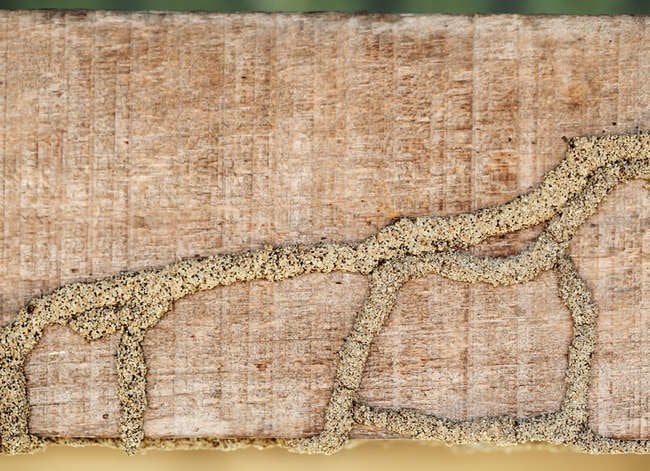

We may earn revenue from the products available on this page and participate in affiliate programs. Learn More ›
Home Advice You Can Trust
Tips, tricks & ideas for a better home and yard, delivered to your inbox daily.
Know when you have a problem on your hands

Some house problems are obvious from the get-go—for instance, you know you’re in trouble when raw sewage starts backing up in your basement shower. Other problems, however, are not as apparent. They creep up on you, silently wreaking havoc in your home while you remain blissfully unaware. The best time to address any problem is while it’s still small, so the longer a house problem stays hidden, the more likely you are to end up with costly repair bills. Keep your eye out for these 15 easy-to-overlook signs that could signal a big problem up ahead if you don’t act quickly.
Dry Mud Tubes on the Foundation
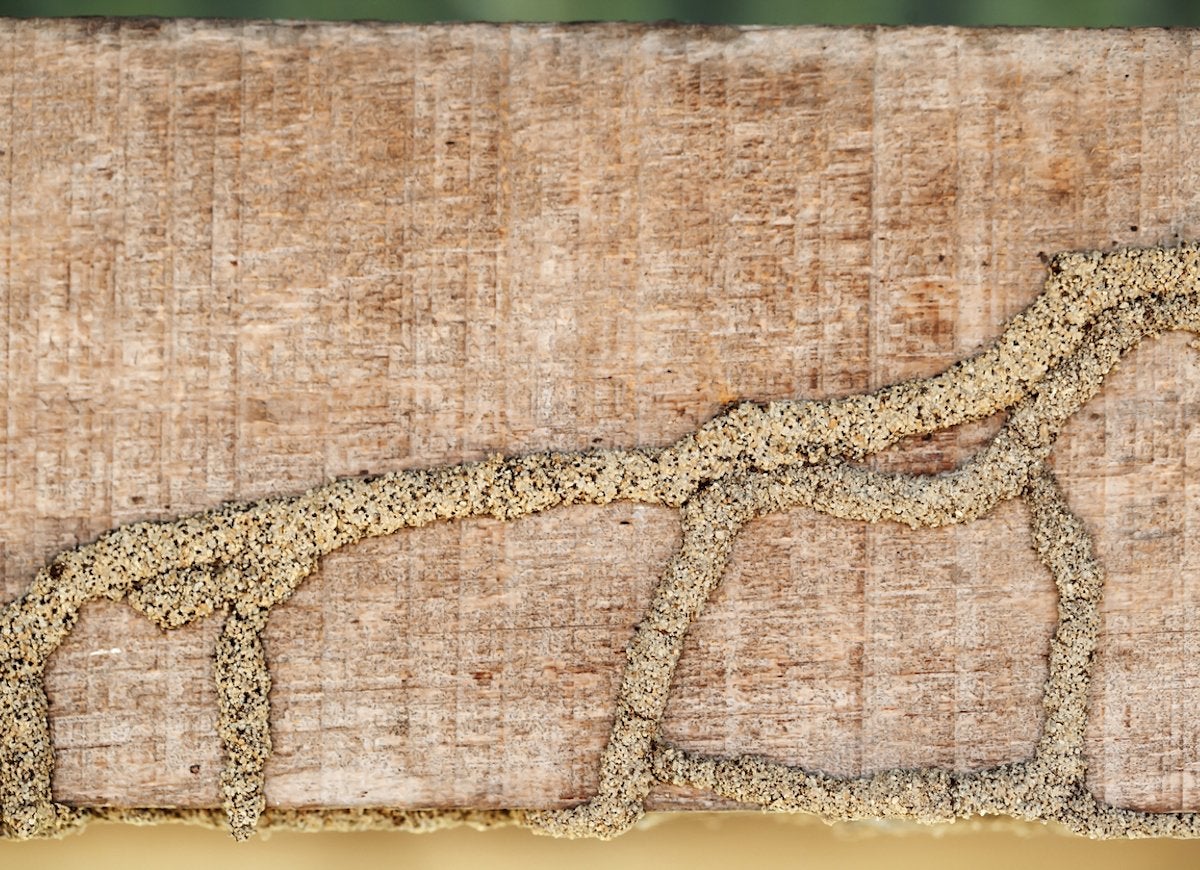
Another sign that termites are munching away at your walls is the discovery of small, dry mud tubes on the foundation, running from the ground to the siding. Termites are subterranean critters, and they prefer to remain covered as they travel back and forth from their nest in the soil to their “restaurant” in your house. To conceal their comings and goings, they build small tunnels (about 1/4 inch wide). They can build these mud tubes on the outside of your foundation or on the inside, so if you have a crawl space, shine a bright flashlight in the crevice and check for tubes once or twice a year.
The Door Won’t Close
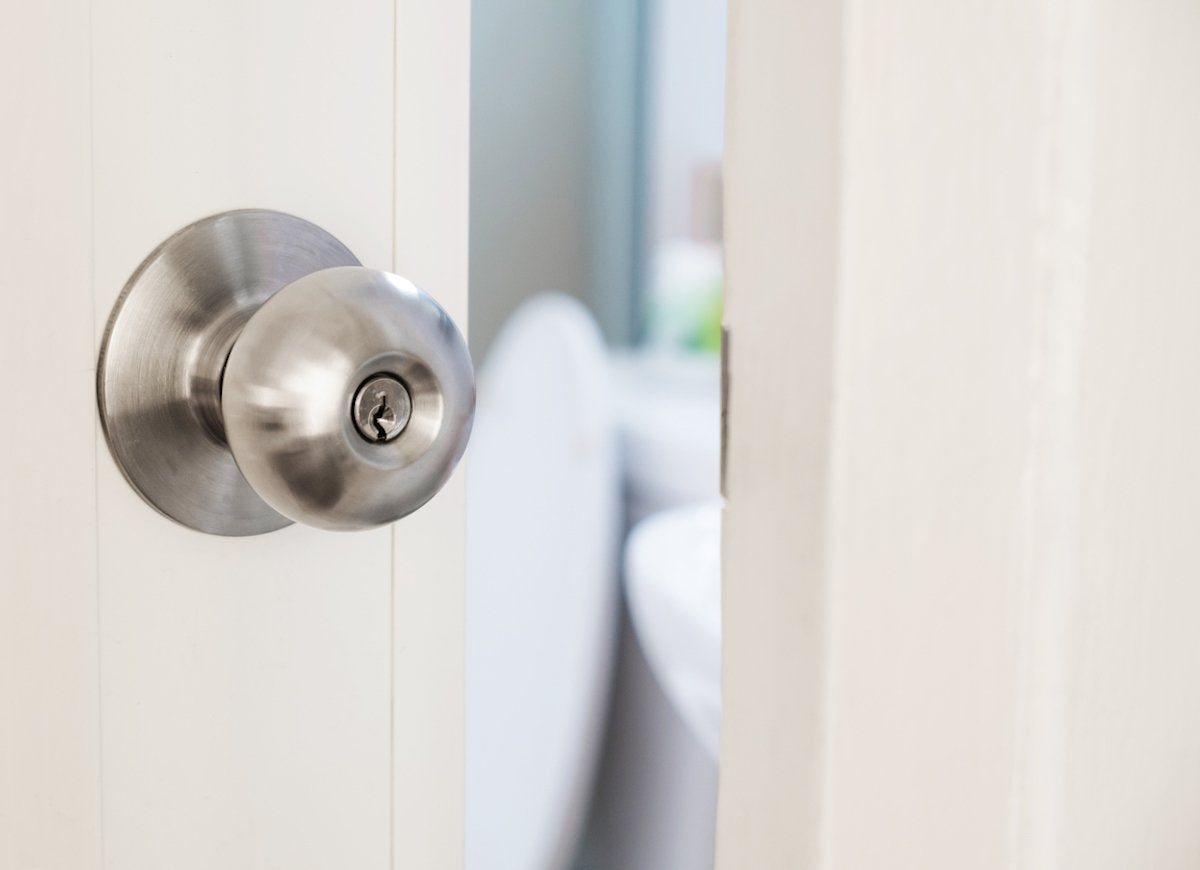
If you have a door that used to close easily but now sticks or won’t close at all, it’s a sign that something has shifted in the structure of your home. One possible cause could be expansive clay soil that swells when it becomes saturated and puts pressure on the foundation, causing it to shift. Or, it could be the result of normal settling. Either way, when a door will no longer close, an inspection is in order. A reputable contractor can pinpoint the problem and advise you on steps you can take to protect your home.
The Floor Is Sloping

Unless you drop a marble and it rolls to one side of the floor, or you spill a glass of water and the liquid runs to the same spot, you might easily miss a slight slope in your floor. When a formerly level floor develops a slant, it could be a sign that one or more of the joists that support the floor have rotted or broken, causing the floor to settle in that area. A structural engineer should take a look at your home’s structural support system and determine a method for repairing it, which could involve replacing one or more of the floor’s structural members.
Tiny Holes in Drywall or Wood
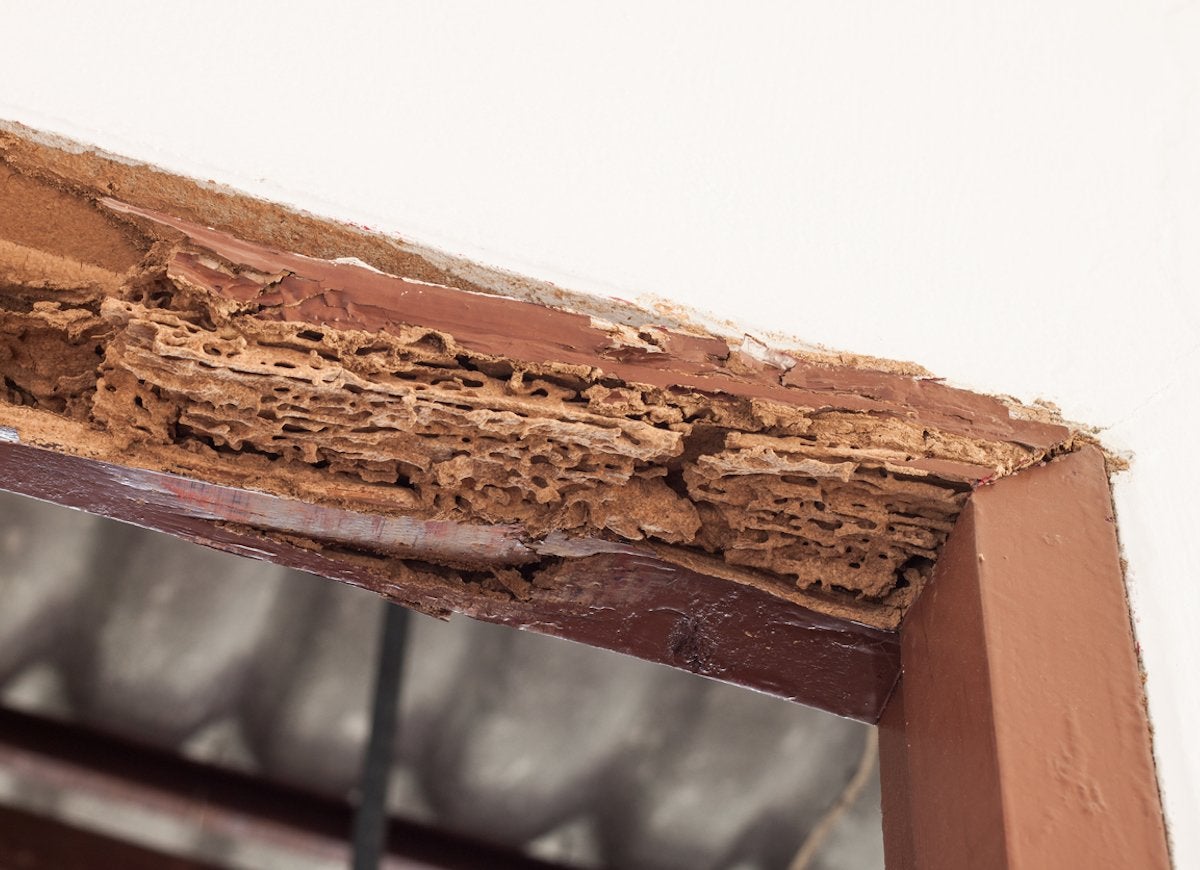
They may look innocent enough, but these little spots signal a long battle ahead. Even if they’re just a grouping of small dots on the wall, each no more than 1/8 inch in diameter, they’re anything but innocent. In fact, they’re probably flying termite exit holes, and they could be a sign of an active termite infestation. Flying termites chew exit holes through drywall to allow young termites to escape, then other termites fill the holes with a plaster-like substance made of wood fiber and their own feces. If you find termite exit holes, call the exterminator—pronto.
The Lights Are Flickering

Unless you’re hosting a disco party, flickering lights aren’t a good sign. First, check the bulb in the fixture that’s flickering just in case it’s loose. You can also try replacing it with a new bulb. If the flickering continues, or if more than one light bulb is flickering, it could be a sign that wires somewhere along the circuit are loose or your home’s wiring is not adequate for the amount of electricity you’re using. An electrician can diagnose the problem, fix loose wires, and add additional circuits, if necessary.
A Crack Just Appeared in Your Window Glass

When you discover a new crack in one of your home’s windows, a little sleuthing is in order. If you’ve ruled out impact (if, for instance, the neighbor kid who likes to throw rocks is away on vacation), the crack could be a result of structural shifting that created undue pressure on the glass. Pressure cracks will often show up as a single crack that runs from one edge of the window to another. Examine interior walls and exterior brick or stone siding to see if cracks are also visible in mortar joints. If you find more cracks, it’s time to have a contractor or structural engineer take a look.
The Washing Machine Hose Is Bulging
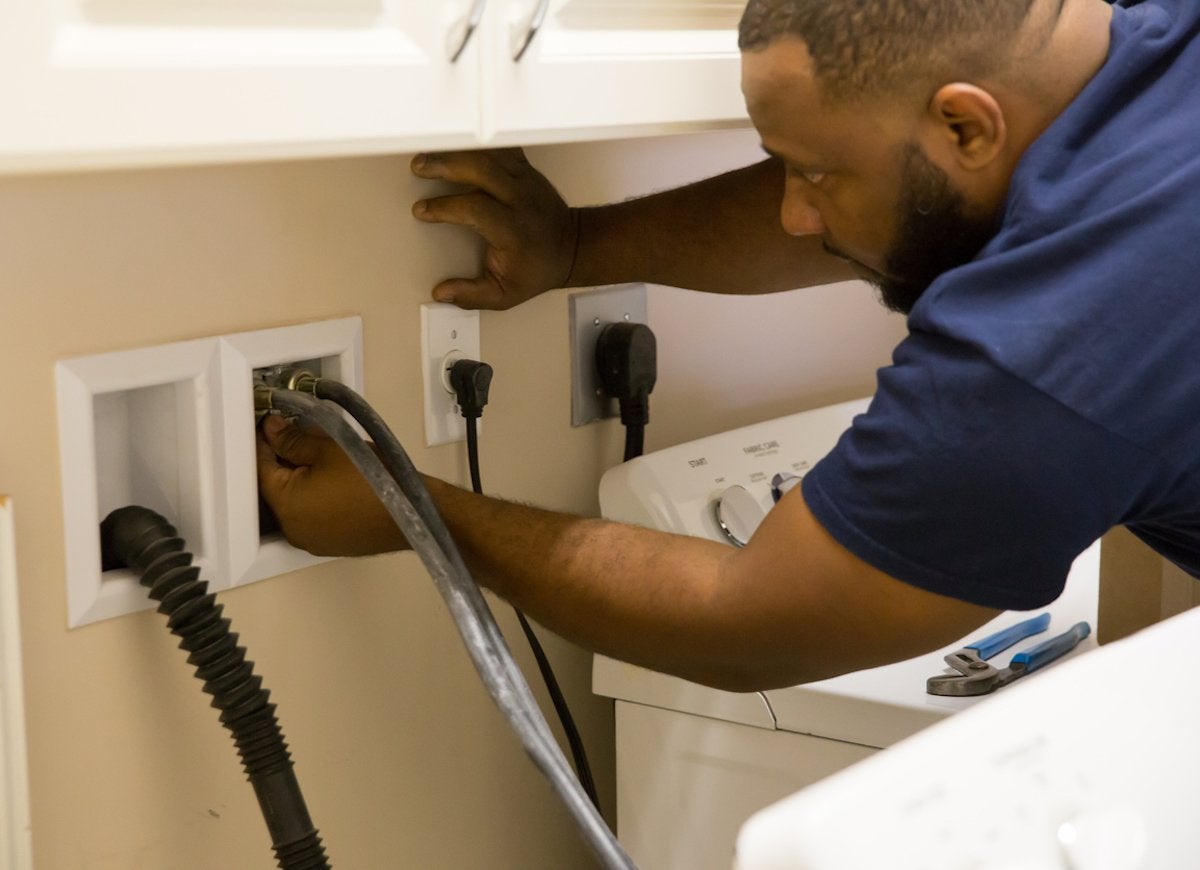
Over time, high water pressure can cause the rubber in a common washing machine hose to soften and lose its integrity, resulting in a visible bulge that resembles a small balloon. That bulge is a sign that the hose is failing and could burst at any time. When it does, the rupture can result in flooding and water damage in your laundry room, so the sooner the hose is replaced, the better. Instead of installing a new rubber hose, opt for a braided steel hose that will hold up better under pressure and prevent the problem from happening again.
You Discover Clumps of Shredded Paper
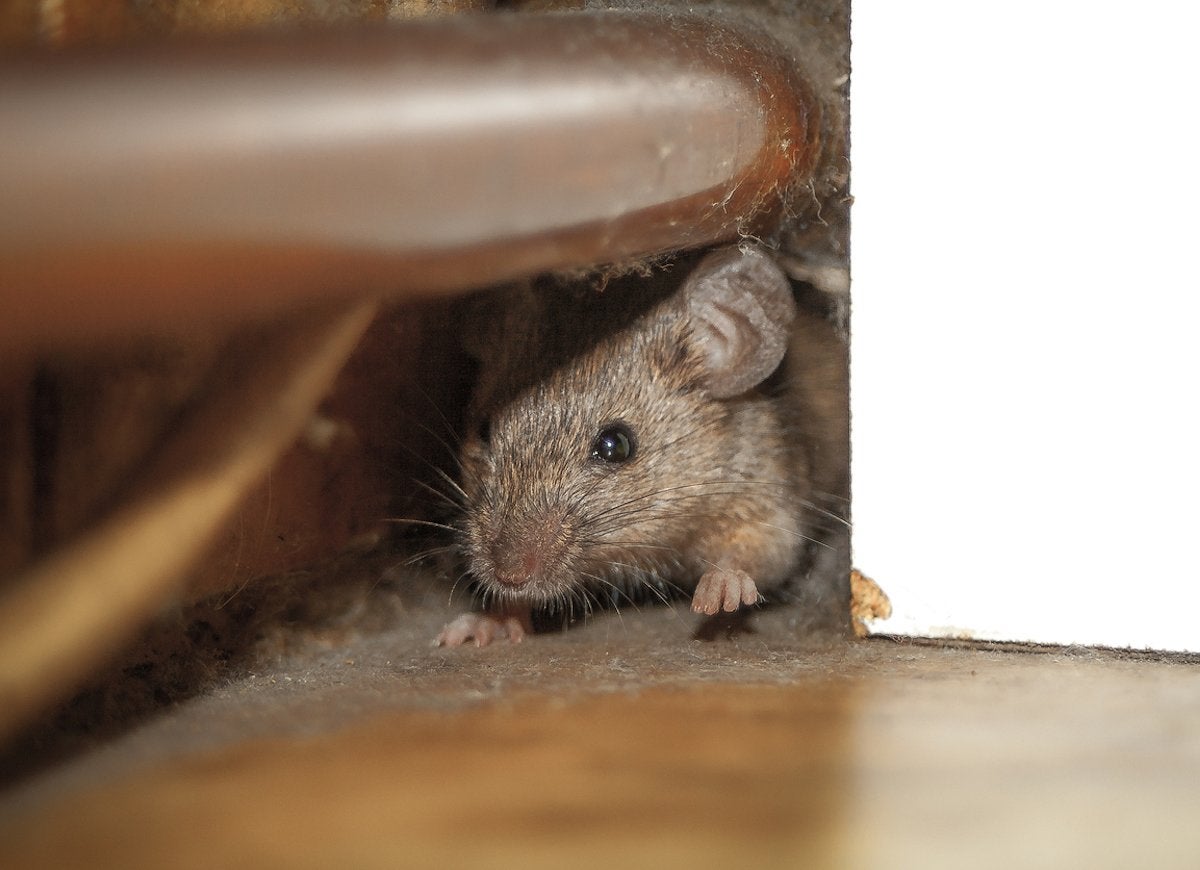
Discovering little piles of shredded paper should send up a red flag. Those clumps are a sign that rodents are moving into your house. Mice and rats make nests from shredded paper, cardboard, or even fabric. Don’t lull yourself into thinking that it’s just a few mice: A female mouse can give birth to five litters in a single year, so a couple of mice can quickly turn into dozens of mice, which can create a health hazard in your home. You can try using no-kill traps to catch the little critters and transfer them safely out of doors, but if you continue to find rodent nests or droppings, you should call an exterminator.
Heavy White Residue on a Brick Chimney
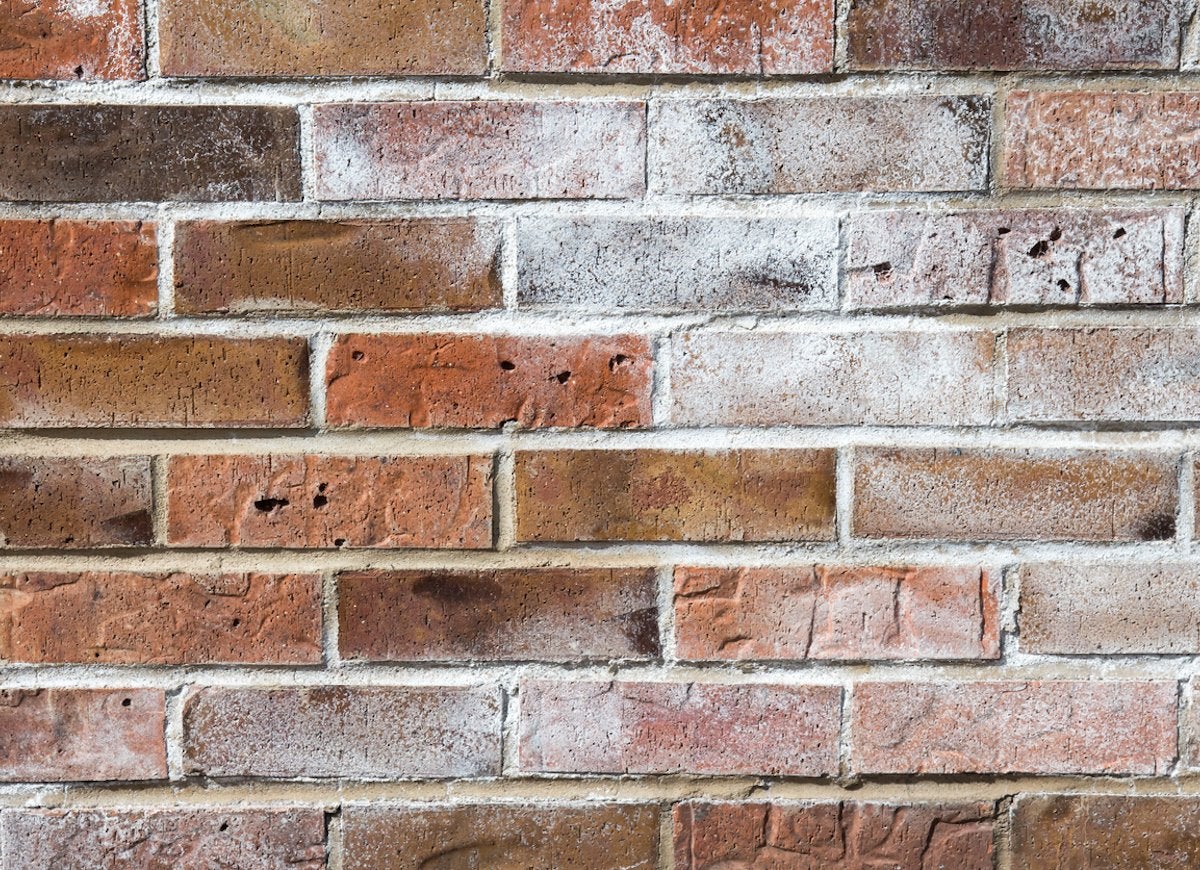
It’s called efflorescence, and it appears as a white residue on bricks. It’s caused by moisture that draws mineral salts from the center of the bricks to the surface. The residue itself isn’t harmful, and it’s commonly found in small quantities on many types of brick. But heavy, thick, solid white efflorescence is an indication that moisture is condensing on the inside of the chimney and seeping outward. This could be caused by a cracked flue liner, which increases the risk of toxic fumes entering your home, or it could be the result of an interior plumbing leak, but whatever the cause, have a professional chimney sweep inspect the chimney.
Slow Drainage Around the House
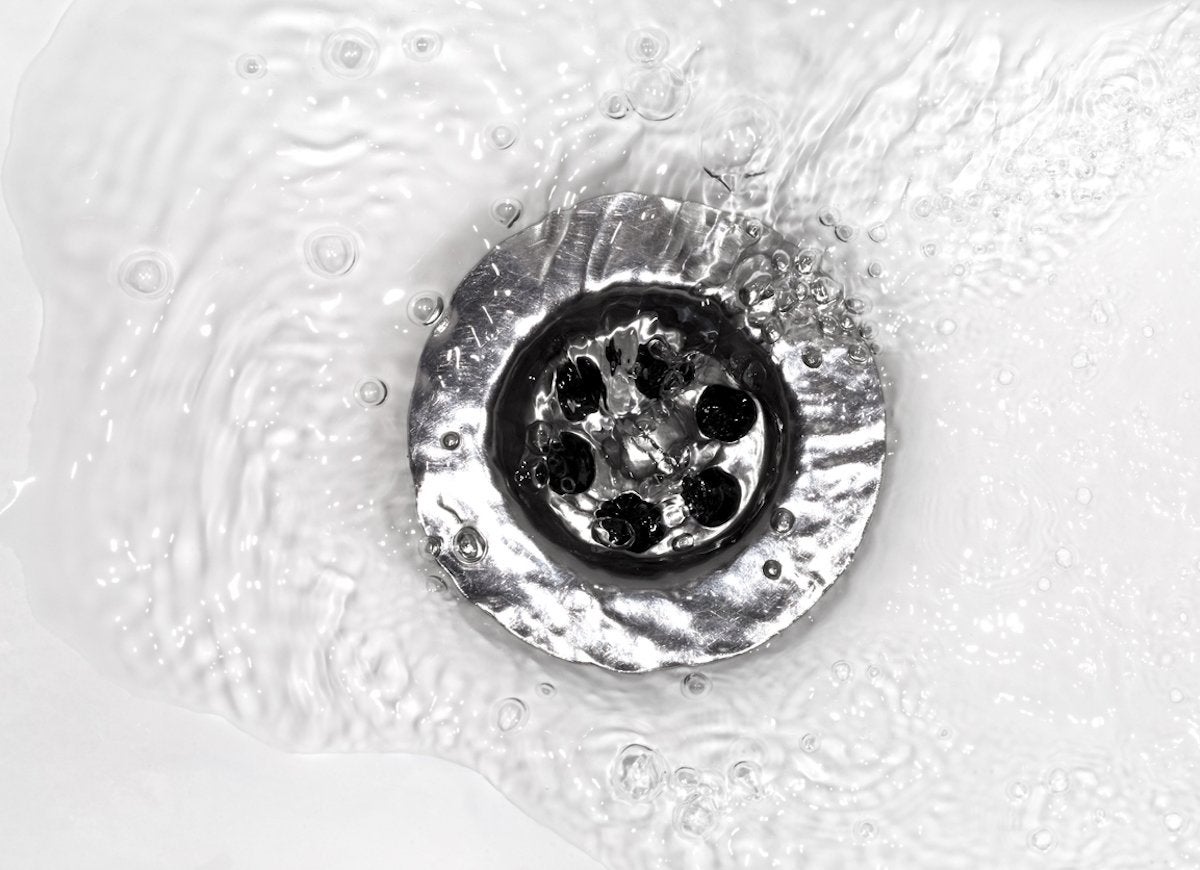
A slow sink or shower drain isn’t much cause for concern, after all that’s just typical home maintenance headaches. However, if you notice the issue throughout the house then you have a bigger problem on your hands. When all the pipes are slow to drain it could be a sign that you have a clog in the main sewer line. This is a plumbing emergency, and you should call a professional plumber to fix it as soon as possible.
Peeling or Blistering Paint
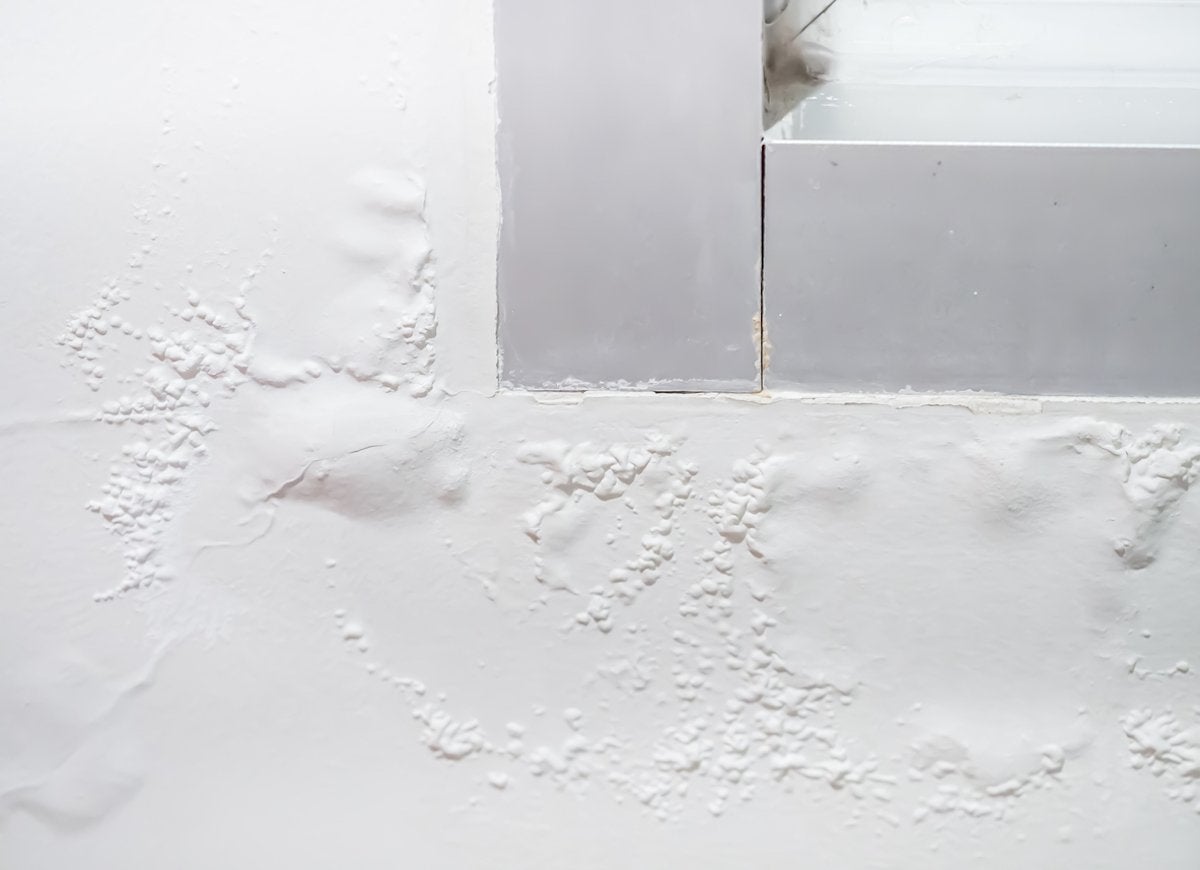
Before you start touching up peeling, cracking, or blistering paint it’s important you determine what caused the blemish. While it could be the result of a careless paint job, it’s also possible that a leak is behind the problem. Investigate the area of the wall, and if you find moisture or water get the plumber in to fix it before grabbing a paint roller.
Windows Are Stuck

Windows that once easily opened and closed for you but are now suddenly giving you trouble could be a sign that there are issues with your house’s foundation. If you notice this problem along with others, like doors that won’t close or sloping floors, you should get a professional to come and inspect things.
Toilet Gurgling

When you hear a gurgling noise from the toilet don’t overlook it; it’s telling you that something is not right. The annoying noise indicates that negative air pressure is building up in the drain line, creating an airlock, that’s caused by a clog. Follow these steps to fix a gurgling toilet or call your plumber.
Holes in Your Deck
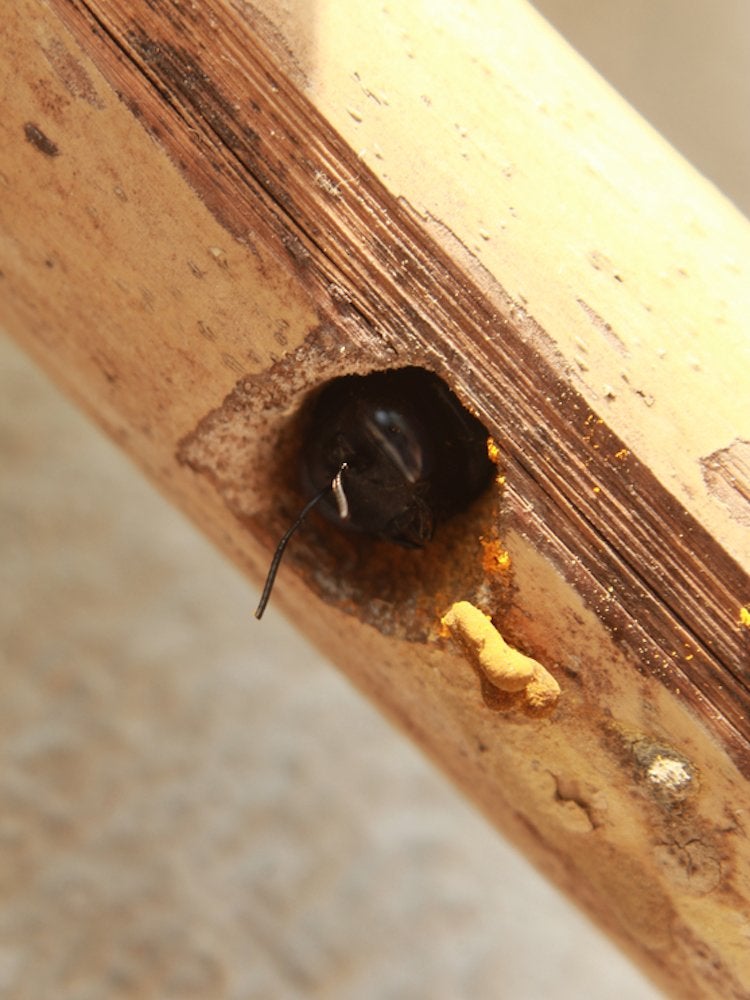
It never hurts to inspect your yard every so often in the spring and summer for carpenter bees. The bees, which resemble bumble bees, burrow their nests into soft wood. If you notice small piles of sawdust or holes in your deck, fence, or furniture then you probably are dealing with carpenter bees. Get the exterminator to come to find a solution before the bees can do more damage.
An Odd Smell Is Coming from an Outlet
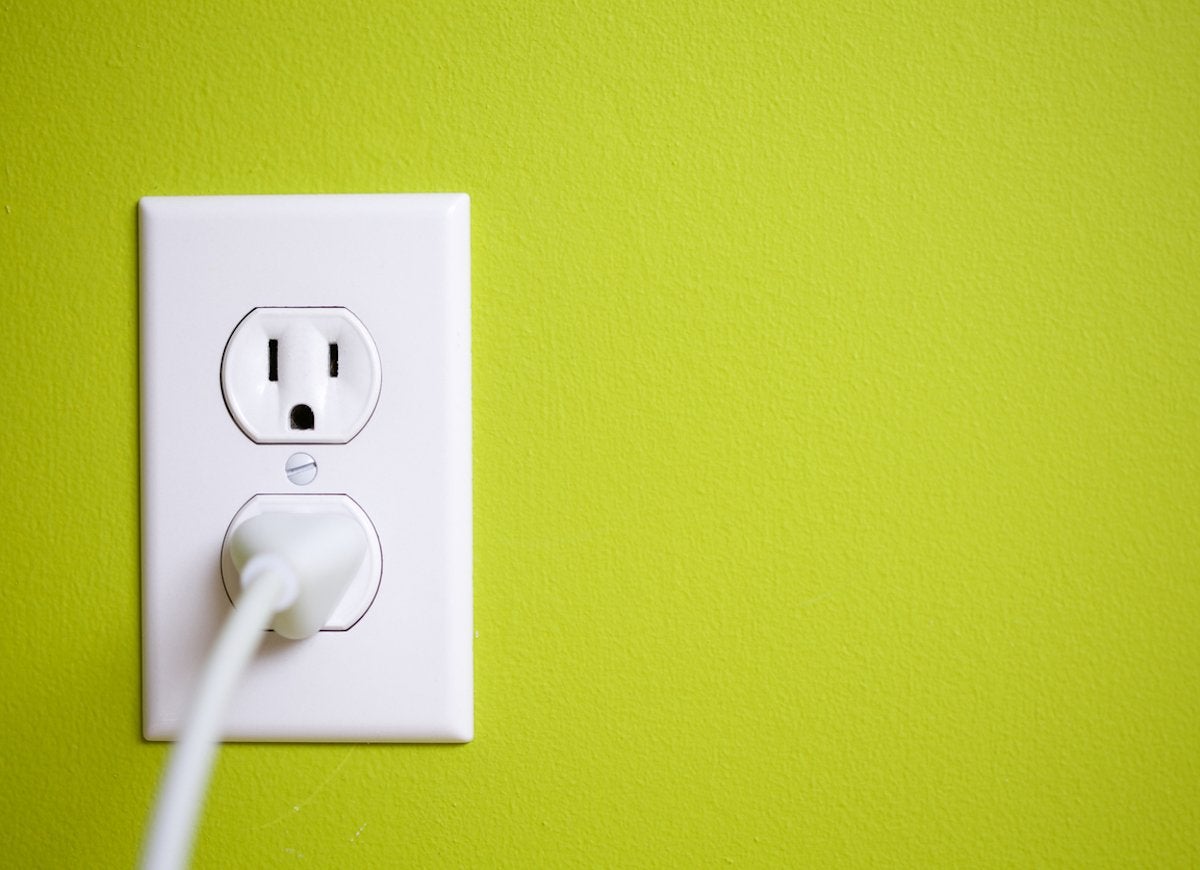
Melted electrical wiring puts off an unpleasant odor that’s similar to what you might smell if you run a hand mixer too long and its motor overheats. If you catch a whiff of this smell, don’t ignore it. Unplug nearby lamps or other appliances—sometimes a new appliance will smell the first few times it’s used—and then sniff the outlets and switches. If you find that the smell is coming from a specific outlet or switch, shut off the power at the breaker box and call an electrician. This is one to-do you shouldn’t postpone; ignoring faulty wiring can result in a home fire.
Fix These Problems–Fast

Don’t brush off these warning signs. Fix these home problems before they become a bigger disaster.

The Homeowner Survival Kit
This year’s Bob Vila Approved is a hand-picked curation of tested, vetted, must-have essentials for surviving homeownership today.